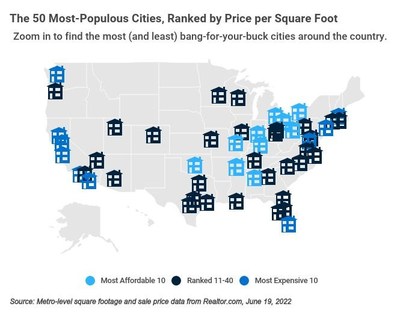Incenter Insurance Solutions Announces Lender Insurance Services, Bringing More Efficiency to the Commercial Lending Process
Offerings Include Real Estate Investment Portfolio Reviews and Specialty Insurance for Short-Term Opportunities Incenter Insurance Solutions, part of the Incenter family of companies, announced its Lender Insurance Services. These innovative programs are designed to give lenders a competitive advantage in the commercial and investor markets through two distinct offerings: 1) real estate investment portfolio reviews of existing insurance, and 2) specialty insurance products for short-term opportunities, such as fix and
Read More









